(MARCH 9 TO 16, 2020)
ITINERARY
Amman
Hallabat (Desert Castle Tour from Amman)
Azrak(c)
Amra(c)
Kharana(c)
Irbid
Jerash (Excursion from Irbid)
Ajloun
Umm Qais
PHOTOS OF JORDAN (Click on the photo delow)
MONDAY, MARCH 9
NEGOMBO (Sri Lanka) – DOHA (Qatar) – AMMAN pop: 4 million (Jordan, pop: 8 million)
On the morning of our departure for Jordan, we were at the Airport A4 Transit Chalets in Negombo, Sri Lanka. We got up at 1.45am and took advantage of the free shuttle service from our hotel to get to the airport. It is with nostalgia that we left East Asia and in particular Sri Lanka, a country endearing by its diversity and its warm and comforting temperatures.
Our first flight took us from Negombo to Doha in five hours. We slept a little, trying to complete our short night. We were served lunch. The café woke me up and I took the opportunity to complete my travel diary. Our transit to Doha, Qatar was short-lived (55 minutes).
We just had time to « run » on our other flight. We flew aboard a large Boeing 777-300 almost quickly due to the coronavirus pandemic. This flight from Doha to Amman in Jordan impressed us with its desert landscapes and small urban settlements in the middle of the desert or around an oasis. We flew over the Persian Gulf, Kuwait, Iraq and Saudi Arabia.
We finally got to our destination. It was 10:10 a.m. local time in Amman. Before leaving Queen Alia Airport, we took out Jordanian dinars (JOD) and bought two SIM cards for our cell phones. We took the shuttle from the airport to downtown Amman (37km) to the northern bus station in Tabarbour (3.50JOD or $7 CAD each). To travel the 9km from our hotel, we negotiated a taxi ride (5JOD). We were immediately charmed by the capital. Its four million inhabitants live on the city’s seven hills. How impressive to see! Our hotel is located right in the heart of the old quarter. The shopping streets are colorful and lively as we like them. The Grand Husseini Mosque is two blocks from our hotel as well as the souk (local food market). Our room is on the 3rd floor overlooking the mosque. The restaurant is on the 7th floor and the view of the city is exceptional. We see the ramparts of the citadel, the ancient Roman theatre and the Nymphaeum.
We settled down to our room and lay down. I was exhausted but unable to close my eyes. We went for a walk in the neighborhood, looking at the colorful and attractive displays of shops of all kinds and passing by the grand mosque.
We had dinner at the Hashem restaurant. We were brought several dishes: hummus, falafels, pita breads, tomatoes topped with fresh mint leaves, etc. Our vegetarian meal was excellent and what a joy to eat something other than rice! (The last six months, we’ve eaten it so often in East Asia!)
After supper, we discovered the random souk of our walk. What a pleasure to see the kiosks overflowing with a wide variety of spices, olives, fresh cheeses, vegetables, fruits, fish, nuts, etc.
When we left the souk, we arrived in front of the Nymphaeum. This archaeological site houses a Roman public fountain dating from the 2nd century AD. This nymphaeum would have contained a 600 square meter swimming pool that was three meters deep and was continuously filled with water.
Back at our hotel, we showed our itinerary to the friendly receptionist and he gave us good advice for the rest of our trip to Jordan.
TUESDAY, MARCH 10
Amman
After a good night’s sleep, we reworked our itinerary before going upstairs for breakfast on the 7th floor. On the menu: omelet, crepe, goat cheese, black and green olives, tomatoes, and coffee. What a delight! This regime change was welcome!
We walked to the Ancient Roman Theatre (138-161 AD). This one is said to have been built by Emperor Antoninus the Pious and is the largest in Jordan, with 6000 seats. It sits on the side of a hill and is still used for shows. The view at the top of the stands is great!
Inside the theatre, in the Jordan Museum of Popular Tradition are exhibited interesting collections of traditional costumes, crockery, teapots, jewelry (made of amber, corals, Bedouin stones and blue beads), mosaics, etc.
The theatre houses a second museum: The Folklore Museum. There are traditional musical instruments (Al-‘Ud, flutes, tambourines, etc.), life-size characters illustrating the daily lives of the people of the time, pottery, shishas, etc.
On our way out of the large amphitheatre, we went to see the small Odeon Theatre next door.
We then took a break at Hashemite Square for a mint tea before heading to the stairs leading to the famous citadel or Jabal al-Qal’a located at 850 meters above sea level. The citadel is one of the seven « jabal » that formed the ancient city. It dates back to the Neolithic period, making it one of the oldest inhabited sites in the world. The first artifacts are more than 7000 years old. The Great Wall is 1700 meters long. Inside the ramparts revealed tombs and substructions (construction used as the basis for another construction) of the temple of Hercules dating from the Roman period.
The site also includes:
-The ruins of a Byzantine Basilica with sumptuous mosaics
– The Umayyad Palace (720)
– An old mosque of which only part of the façade remains (these ruins are facing the Umayyad Palace)
-The Jordan Archaeological Museum: This interesting museum contains fish fossils, artifacts, stone sculptures, human skulls, child tombs and skeletons, sarcophagi, statues, etc.
We left the site and returned to the lower town. We had dinner in front of the ancient theatre, in a small lunch counter serving shawarmas. Back at the hotel, we took a break. I wrote on my blog, I bought our plane tickets to Morocco, I booked our hotel in Cairo and I worked our e-visa application for Egypt. How difficult I had with their site! I ended up giving up because it was too complicated. We’ll take it on arrival!
We went out at supper time. We discovered a little snack-bar of sandwiches made of pita bread topped with falafel, fries, tomato and lettuce. Our meal cost us $2 CAD in total for two sandwiches and a Sprite! We window shopped before we went back to bed.
WEDNESDAY, MARCH 11
AMMAN and excursion to HALLABAT, AMRA, AZRAK and KHARANA
After our breakfast overlooking the city, we went on an excursion with Omar, our young driver, to see four desert castles east of Amman. We quickly left Amman to take the desert road towards Hallabat (50km). This road is impressive with its desert landscapes of sand and rocks. Vegetation is scarce. The terrain is very flat for miles. Here and there, sheep and their shepherds could be seen. Here are the 4 castles we visited during the day:
1.Qasr Al-Hallabat: This fort was built by the Romans to protect the inhabitants of the desert tribes. It was converted into a monastery by the Byzantines and in the 8th century, the Umayyads transformed it into a three-storey building and four towers. Beautiful mosaics can be seen partially preserved on the ground. The adjoining mosque includes a fully restored polylobed arch.
The site is surrounded by desert plains with a small village below. War planes went overhead to drop their bombs in Syria, 50 km from Hallabat. The detonations were stressful, and our driver tried to reassure us that it was shooting to keep the birds away, which we didn’t believe for a moment. On the horizon, we could see the white smoke from the bombs rising into the sky. (The next day, the newspapers confirmed the bombings that had taken place the day before in Syria.)
We continued on to Azrak. On the edge of the city, Omar showed us the refugee camp that hosts 500,000 Syrians. We couldn’t get close to it, but we were struck by the expanse of the camp with its thousands of white tents in the middle of the desert.
2.Castle of Azrak: Great fortress where Lawrence of Arabia resided, hence its name « The Oasis of Lawrence ». The strategic importance of the castle comes from the castle being located in the middle of the oasis of Azrak, the only permanent source of fresh water from the surrounding desert, over nearly 12,000 km2. Several civilizations occupied the site. The area was inhabited by the Nabataeans, the Roman Empire, the Byzantines and the Umayyad Empire, the Ayyubid dynasty, the Ottoman Empire and Lawrence of Arabia (the latter established its headquarters at the castle during the great Arab revolt of the winter of 1917.)
While visiting the site, warring planes continued to drop their bombs across the border. It was pretty stressful!
We arrived at the end of the road in front of a sign indicating Iraq on the left and Saudi Arabia on the right. We took the road to Iraq to amra.
3. Quseir Amra: This site is part of the Unesco World Cultural Heritage. It dates from the early 8th century. This hunting lodge was at times used as a temporary residence by members of the Ummeyad ruling dynasty. The most remarkable remains are the reception room and baths, all richly decorated with figurative murals that reflect the centuries-old art of the time. The Visitor Centre contains explanatory posters and a mock-up of the site.
4. Kharana Castle: It is one of the most famous desert castles. It is located 60km from Amman and is relatively close to Saudi Arabia. It was probably built in the early 8th century and certainly replaced an earlier Greek or Byzantine house. This is one of the first examples of Islamic architecture in the region.
At the exit of the site, we returned to the large Bedouin tent where tea and souvenirs are sold to interested visitors.
We were back in Amman around 2pm. We dropped off our little backpack at our room and went to buy our dinner: falafel and fried sandwiches on the street as well as fresh cheese and black olives at the souk. We returned to our hotel to have dinner at the desert restaurant on the 7th floor. I spent the rest of the afternoon sitting in front of my cell phone at a restaurant table. We also had our supper: pita breads bought on the street with leftover fresh cheese and black olives. In the evening, we went out for a walk. We passed through the ATM before going up to the citadel to enjoy the magnificent view of the city by the moonlight. (The site closes at 5am but it was accessible by the small path we took.)
THURSDAY, MARCH 12
AMMAN – IRBID
We had lunch on the 7th floor of our hotel, enjoying the amazing views of the city. By looking at the news on the internet, we learn that COVID19 is now considered a global pandemic. We will have to monitor the situation closely! We packed our bags and left for Irbid, as planned. We went to take a white « shared taxi » at the intersection at the top of the steps outside our hotel. For 2JOD, we went to the northern bus station called Tabarbour. From there we took a minibus (1.50JOD each) to Irbid. (This city is the second largest in Jordan. Its community is very active, and the city has a large university.) The 90km journey lasted 1 hour and 50 minutes and impressed us with its semi-desert mountain landscapes and beautiful olive fields.
We crossed a few towns and arrived at the north bus station of Irbid at noon. To get to our accommodation, the Sara Crown Hotel, we boarded a yellow taxi after negotiating the race for 2JOD. Our hotel is located 2.7km from Irbid city center, at the important Al-Naseem intersection. Our room on the 3rd floor is very large and from our large window we can see the heavy traffic around the roundabout.
After dropping off our luggage, we went to walk on University Street. This important thoroughfare is lined with shops, restaurants and cafes. We opted for dinner at golden Spoon restaurant: 1JOD for a vegetarian burger for me and a salad from the salad bar, courtesy of the manager. This charming fat man was very happy to receive Canadians in his restaurant. He sat down with us and we talked at length about Canada. He also told us about his three years in Toronto. What a great welcome we received! When we left the restaurant, a sandstorm had risen. Everything was beige around us, and the palm trees folded under the gusts of wind. It was like the end of the world. People walked down the street while protecting their faces with a scarf or protective mask. The cars and merchandise on display on the sidewalk were covered with a thin layer of beige sand. A man approached us to show us a video of where the sandstorm rose. It was really impressive!
We continued our walk, GPS in hand, in search of the Archaeological Museum of Irbid. Google Map was not up to date; The museum has moved to another address. It was too late to get to the museum by taxi, the closing time being 4pm. So, we changed our plans and turned around in the storm. We bought some vegetables and fruits in a small shop (2JOD for a nice variety of vegetables to make us a salad). We took a coffee break in a small restaurant. We have been with the manager and one of his clients, both speaking in very good English and visibly intrigued by our presence in this little tourist town. When paying for our Turkish coffees, the manager did not want to charge us. What a beautiful welcome, once again! And what a contrast to some countries visited previously and where the locals were constantly trying to extract the maximum amount of money from us while being in bad faith! I think the less people are in contact with tourists, the more honest they are. Mass tourism ends up corrupting them.
We returned to our hotel in the cold and rain. We spent the late afternoon at our room. At supper time, I prepared a good Greek salad that we ate in our room. After making a few calls in Quebec, we came out walking around. We made small purchases (tools and pen), served with remarkable politeness and kindness.
FRIDAY, MARCH 13 (15 degrees C; cloudy)
IRBID – JERASH – AJLOUN – IRBID
Our breakfast was served in our room: pita breads, cream cheese, jam, nougat and sweet tea.
Early in the morning we took a taxi to the south bus station. As it was Friday, a day of prayer for Muslims, there were no buses to Jerash or Ajloun! A taxi driver came to meet us and offered to drive us to Jerash for 4JOD (The actual price should have been 25JOD but we had no idea). We told him about our plans to then go to Ajloun and return to Irbid in the afternoon. He offered to take us to these three places including two hours of waiting at each of the tourist sites (Jerash and Ajloun) for 14.50JOD, which we accepted. On the road, the mountain landscapes and olive fields once again amazed us.
JERASH ARCHAEOLOGICAL SITE: Gerasa was founded at the end of the 4th century BC.
The site is huge, steeped in history and very impressive. It contains several ruins including:
- Hadrian’s Triumphal Arch
- Racetrack
- Oval Square
- Colonnaded streets and intersection
- Nymphaeum
- Umayyad Mosque
- Artemis Shrine
- North Theatre
- South Theatre
- Archaeological Museum (We ran out of time to visit it but the site itself is an open-air museum and his visit has more than satisfied us.)
- North Gate
- Church of Bishop Isaiah (559 AD)
- Temple of Artemis
- Etc.
AJLOUN FORTRESS:
This 12th century Muslim fortress is located in northwestern Jordan at the top of Mount Auf (1250m) and was built between 1184 and 1188 by one of Saladin’s generals. The castle offers views of the Jordan Valley and three wads leading to it, making it an important strategic link in the defensive chain against the Crusaders and a counterpoint to the Belvoir Crusader fort on the Sea of Galilee in present-day Israel and the Palestinian territories.
Back in Irbid, we were dropped off downtown to get a glimpse and have dinner. It was with disappointment that we realized that most shops were closed on this Friday of prayer, making the city less attractive and even rather ugly. When he gave the amount heard to our driver (14.50JOD), he asked us for 45. Oh no, did we think! It’s happening again! We refused to pay the amount he was claiming, believing that he had been dishonest with us. We demanded that he bring in the police. Three police officers arrived and contacted the tourist police. After almost an hour of waiting in all to freeze on the curb, we were able to give our version to one of the three tourist policemen. They took us to the police station to give a statement.
Finally, in the parking lot of the police station, they offered to reach an amicable agreement with the driver or to file a complaint by making a proper statement. We opted for an amicable agreement, eager to put an end to this story. We gave a total of 33JOD to the driver who left satisfied and with a big smile that spoke a lot… The police took us to our hotel.
Hungry, we ate in our room the shawarmas that Claude had taken the time to buy while waiting for the arrival of the police. We made a few calls in Canada and I moved into our bed for a writing session. We had dinner in the heat of our room. I made a Greek salad that we tasted with real pleasure. While Claude went for an evening walk, I continued my writing work. On his return, Claude told me that he had witnessed three skirmishes and a fight between young boys on the street. It was rather surprising that these four events happened in the space of 45 minutes, although we observed that Jordanians generally drive badly and quickly. They protrude with horns and are uncourteous towards pedestrians.
SATURDAY, MARCH 14
IRBID – UMM QAIS (tour)
We had lunch at our room before leaving by taxi (2JOD) to the north bus station. We took a minibus (0.50JOD or $1 CAD each) to the entrance to the archaeological site of Umm Qais (45 minutes; 26 km from Irbid).
The archaeological site is 378m above sea level. It contains the Roman ruins of Gadara, the city of the Decapolis. It is also the place where Jesus would have performed one of his miracles. The city offers spectacular views of Jordan, Syria, Israel and the Palestinian territories, the Golan Heights, Mount Hermon bordering Lebanon, Lake Tiberias (Sea of Galilee), the Jordan Valley and the Yarmouk River Gorge. What exceptional landscapes! We were very impressed to find ourselves in these places full of history.
Under a sky laden with heavy clouds and cool, raw weather, we strolled through the ruins, taking our time and listening to the audio tape of a documentary on the Umm Qais website. The places were deserted by tourists (because of coronavirus) and the only ones we met were two Quebecers (a mother and son) and a Briton. Here are some elements of the site:
- Colonnad street
- Ruins of the Western Theatre
- Public baths
- Roman Aqueduct
- Roman temple dating from the Hellenistic period to the 3rd century BC
- Roman Basilica and other Roman buildings
- Ancient Ottoman village
- Beit Rousan Museum (formerly the house of the Ottoman governor): Greek statues and Christian mosaics are on display.
We ate a lentil soup served with pita bread at the restaurant located directly on the site. Four young men kept us company, interested in learning more about our country of origin. In a light rain, we left the archaeological site, going down the hill to the main street below to take the next minibus. We waited about fifteen minutes, which wasn’t so bad for a Saturday. Arriving at the Irbid bus station, we took the time to eat a good falafel sandwich at a small lunch counter in front of the train station before leaving with Uber taxi to our hotel. We went up to our room, enjoying its comforting warmth. Feeling a migraine onset, I took my medication and took a nap. When I woke up, my migraine was gone. While having a light tea to wake me up, I worked on managing my many photos. At supper time, we walked to the Malabarai Indian restaurant on University Street. On the menu: tandoori chicken, rice, cucumber salad and yogurt, all accompanied by naan bread. It was delicious!
As we left the restaurant, we continued our walk to the Al Yarmouk Mall at the University Circle intersection. We bought warm clothes (undershirt for Claude and long pants for me). On the way back, I got stuck in the broken pavement pieces and fell to the left side. damn! Not yet! I hurt my knee and my hand. Back at our room, I bandaged my wounds. By taking the news on the internet, we became aware of the global panic caused by COVID19. Should we be thinking about going home?
SUNDAY, MARCH 15
IRBID – AMMAN
While having breakfast in our room, we read the news from the Government of Canada that we had to go home and avoid non-essential travel outside of Canada. We also came across the following news in the Press – on the internet: Several countries close their airports and tourists risk remaining captive in the country where they are visiting. Panicked, we immediately contacted the Canadian Embassy in Jordan. The employee told us that all airports in Jordan and all tourist sites would close in two days, March 17, and that we were to leave the country while there was still time. We then nervously searched for airfares to Montreal on our cell phones. Prices being very high, we decided to go to the nearest travel agency to check if they would not have better prices to offer us. The young Muslim woman who served us was very friendly, smiling and calm. She found us a nice direct flight from Amman to Montreal for March 16 at 9:10am. We rushed to book this flight despite the high price due to the circumstances surrounding COVID19. (Prices were rising by the hour. We had to move fast. Our two tickets cost us CAD$4227.) We went back to our room, booked a room in Amman for the same evening and cancelled our hotel reservation in Madaba. We each ate a shawarma in our room and packed our bags, absorbed by our thoughts. What a turnaround! We had to get used to the idea that our world tour was over and that the next day we would be back in Canada!
Eyes in the water, I announced the news of our departure from the country to the receptionist of our hotel. It hurt my heart to have to give up the pursuit of our great project for reasons beyond our control. At the same time, I consoled myself by thinking of my children, my grandchildren, my mother, our two families and our friends whom we would see again shortly.
Baggage in hand, we took a taxi to the south bus station. From there, we boarded the Irbid-Amman bus (1.50JOD each). The journey of one hour and thirty minutes passed quickly. Arriving at Tabarbour station, we took a taxi (4JOD) to Arab Tower Hotel, the hotel where we had spent three nights upon arrival in Jordan. It was with pleasure that we saw the receptionist we already knew. We told him what was happening to us. We then dropped off our luggage at our room and went shopping for warm clothes for our arrival in Quebec (doubled windbreaker, sleeveless lined jackets, tuque, scarf, gloves, thermal stockings) as well as some souvenirs for our loved ones. We walked for a long time in our neighborhood, shopping in shops, souk and a thrift store.
We had our last supper in a restaurant close to the ancient Roman theatre. Our Maftoul couscous, a typical Jordanian dish, turned out to be a rice served with pieces of lamb bathed in a clear yogurt sauce, all accompanied by a few slices of tomatoes and cucumbers. It was good, but it was rather ordinary.
We finished buying our gifts in a shop full of souvenirs before going back to bed, tired of our emotional day.
MONDAY, MARCH 16
AMMAN – MONTREAL
As we had to get up at 5:30am to get on our plane, I set the alarm on my cell phone and on my IPad. I was a little insecure at the thought that if we rationed our flight, we would be taken to Jordan indefinitely and we would lose the large amount spent on our airfares. At 2ham, the alarm on my tablet sounded, coming out of a deep sleep. damn! I hadn’t noticed that my tablet wasn’t at Jordan local time. Fortunately, we managed to go back to sleep in order to finish our night. We left our hotel by taxi at 6.15am to get to Queen Alia Airport. The airport was crowded with feverish travelers forced to leave Jordan in disaster just like us. Queues were long everywhere: at security, customs, at the Royal Jordanian counter, still at security and to board the plane.
Our 12-hour flight from Amman to Montreal went well despite the few babies on board who took turns throughout the flight to shout their whole being. Some passengers, stressed by the circumstances surrounding the COVID-19 pandemic, gave the flight attendants a hard time. Moreover, at the slightest sneeze or coughing, one could perceive a movement of recoil of the passengers in the vicinity of the « wrongful ». What a special atmosphere! Never seen before!
There were people coming from all over the plane. Several had had a connecting flight to Amman and were on their second flight and would even continue to the United States with a third flight. I was sitting with a Yemeni and a Palestinian. The latter changed places with Claude so that Claude and I could sit together. We arrived in Montreal at 3:15 p.m., happy to have been able to return home without any problems. We were given a sheet of instructions for COVID-19 when we got off the plane, urging us to keep us in quarantine at home for the next 14 days even though we had no symptoms. Vincent, our youngest son, picked us up at the airport. We were very happy to see him again after our long absence, but we had to keep our distance. He took us to the Entertainment District Hotel. We spent two nights there, just to recover from our long trip and to relocate a bit of jet lag. On March 18, we left for Sept-Iles, completing our tour of the planet with a total of 59,790km covered in six and a half months and 108 cities visited in 9 countries (including 1 independent state).
This is the end of our fantastic 2019-20 World Tour. We are proud to have achieved most of our travel goals. We had to return home prematurely because of the global pandemic of COVID-19 but we did not say our last word! Our passion for travel lives in us and has grown more and more throughout our discoveries, meetings and adventures. Our experiences of travelling around the world is a wealth that we carry in us and that no one can ever take away from us. So, it’s fulfilled and happy that we go home… until our next getaway!


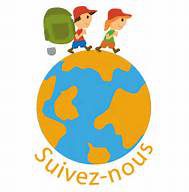
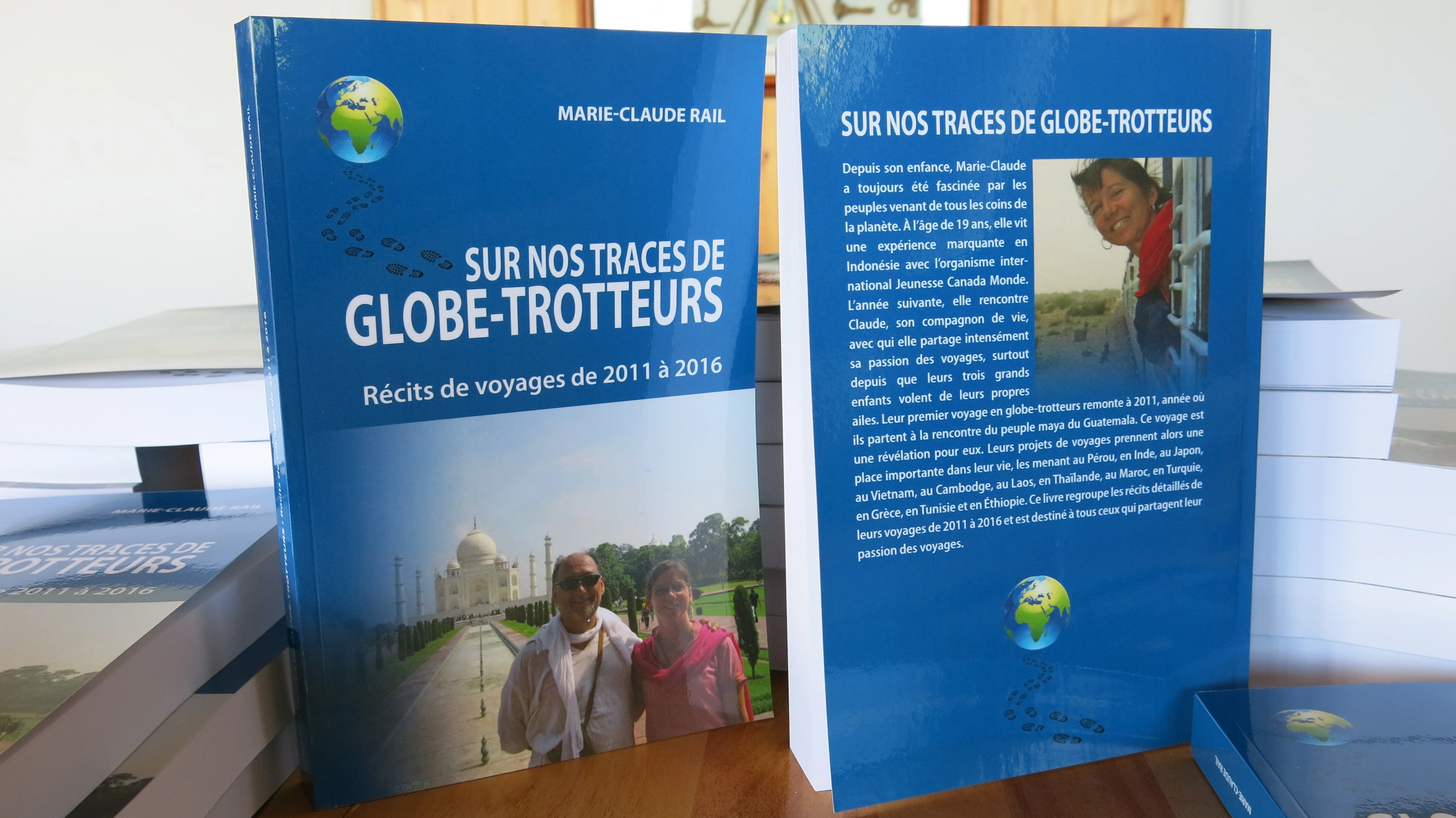
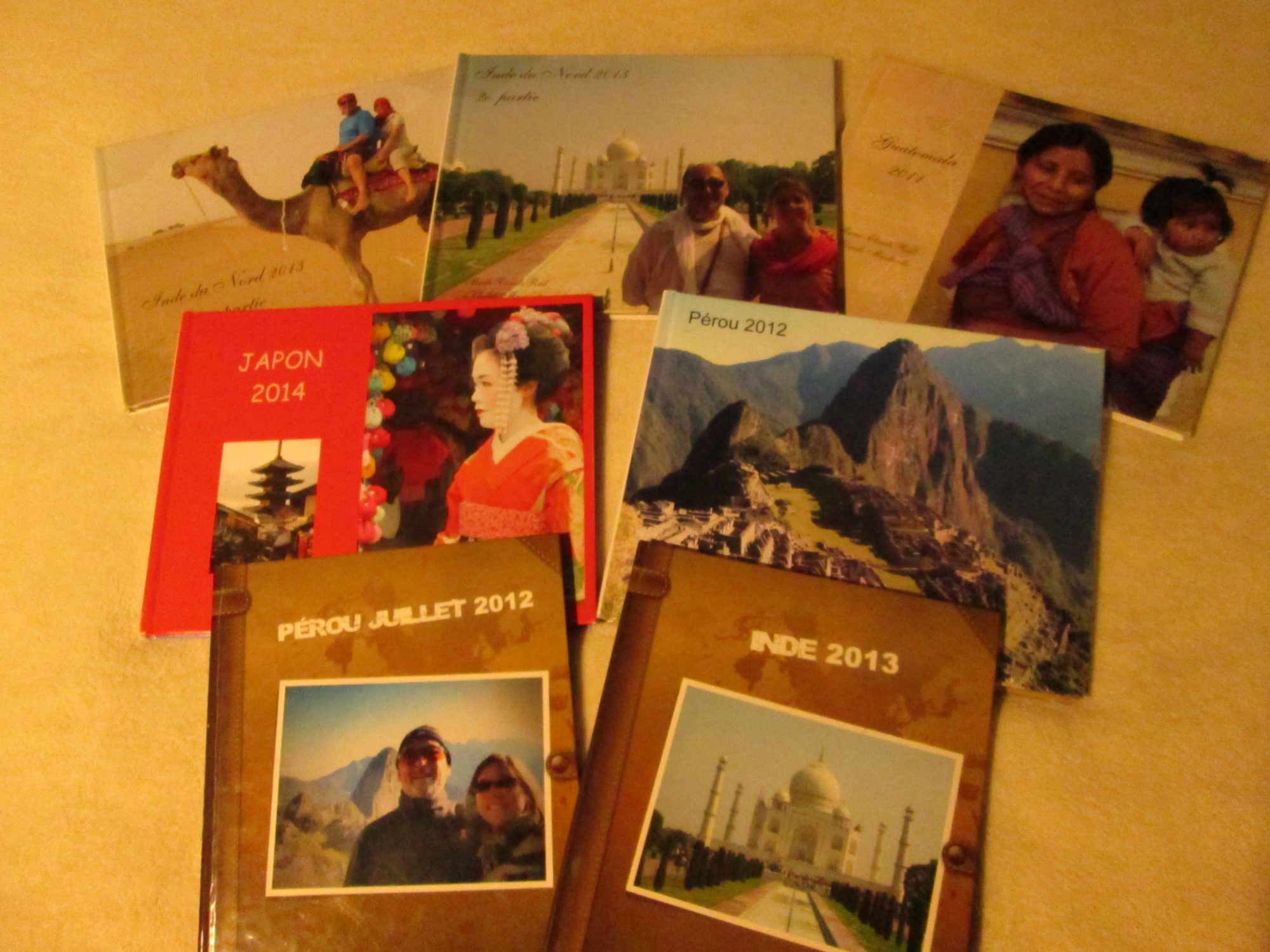
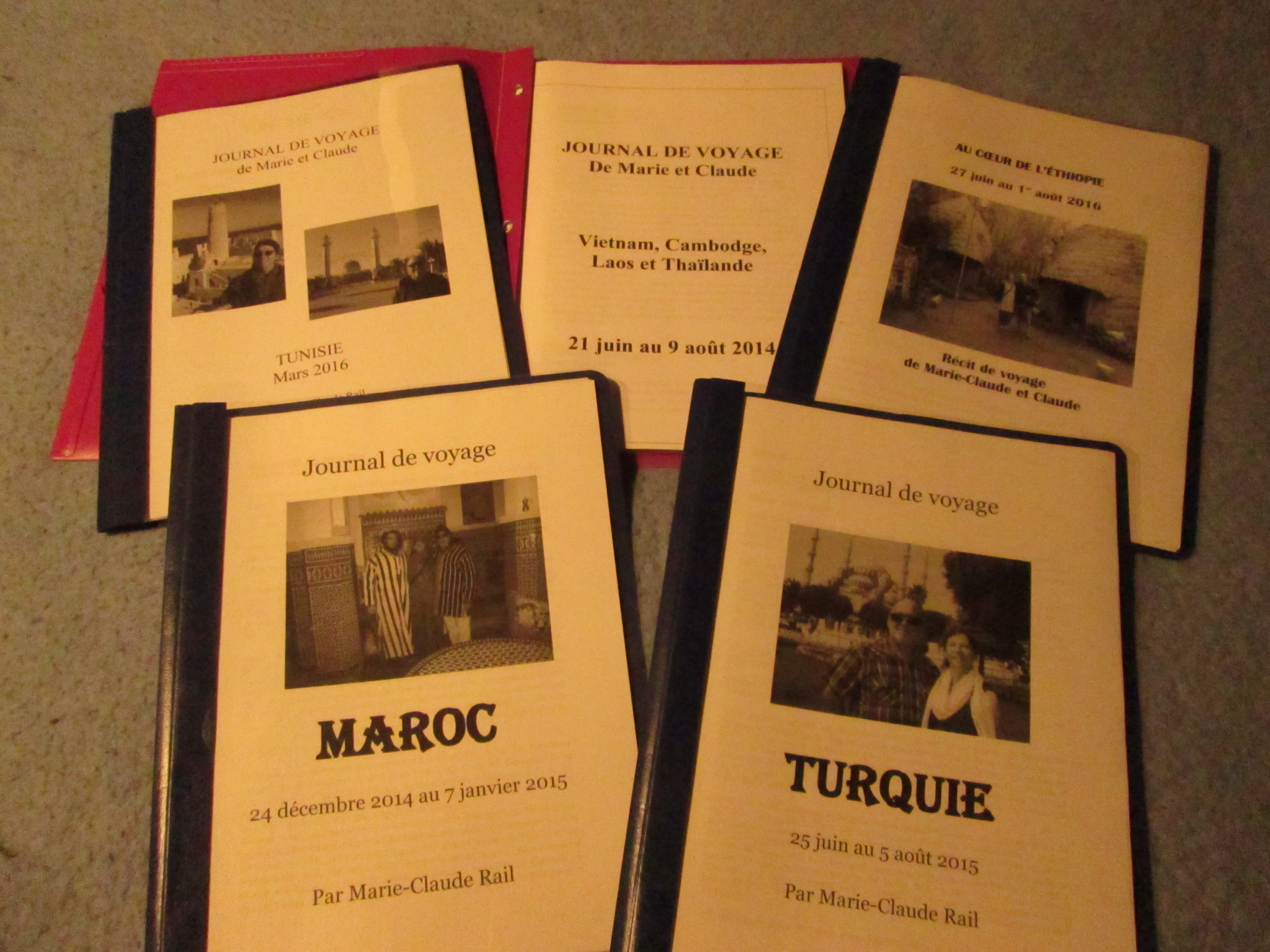
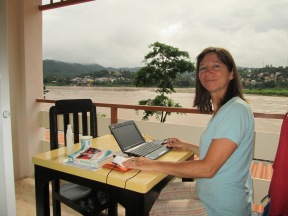

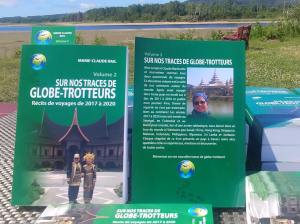




Commentaires récents